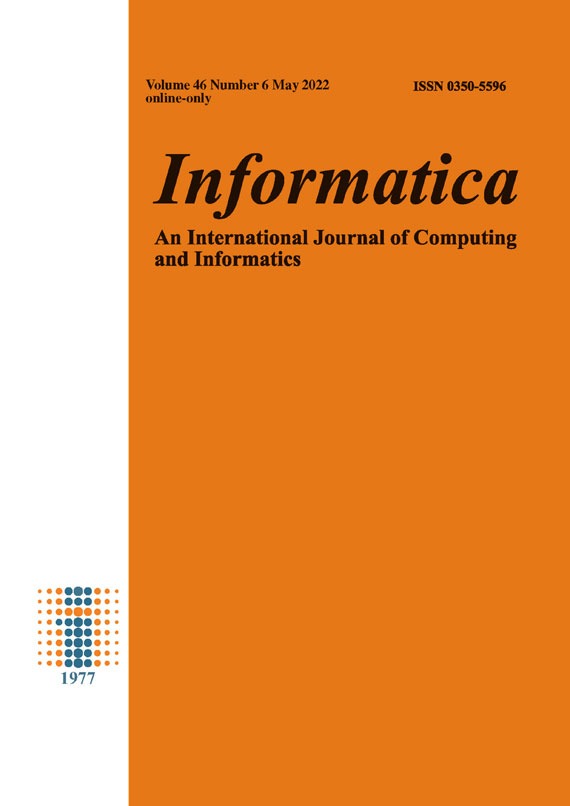Epileptic Seizures Detection from EEG Recordings Based on a Hybrid system of Gaussian Mixture Model and Random Forest Classifier
DOI:
https://doi.org/10.31449/inf.v46i6.4203Abstract
Epilepsy is the most common neurological disease defined as a central nervous system disorder that is characterized by recurrent seizures. While electroencephalography (EEG) is an essential tool for monitoring epilepsy patients' brain activity and diagnosing epilepsy, Visual detection of the EEG signal to identify epileptic seizures is a time-consuming approach that might result in human error. Therefore, an early and precise epilepsy diagnosis is critical to reducing the risk of future seizures. This paper aims to increase epileptic seizure detection accuracy in a balanced dataset while reducing the execution time. To address this, we proposed a hybrid system of supervised and unsupervised machine learning algorithms to construct a computationally efficient and scalable model for the early detection of epileptic seizures from two-class EEG datasets. First, Discrete Wavelet Transform (DWT) was applied to the EEG signal to decompose it into frequency sub-bands. Then these EEG extracted features were fed into the Gaussian Mixture Model (GMM) for partitioning these features into two clusters: epilepsy or not. Lastly, the clusters' output was evaluated with the random forest classifier. In addition, Principal Component Analysis (PCA) was used to reduce the EEG features and to reduce further the features obtained after conducting DWT on the EEG signal to determine the impacts of dimension reduction on this system performance. The experimental results show that the highest accuracy was achieved by the hybrid system of GMM with random forest with DWT features with an accuracy of 93.62 %.Downloads
Published
Issue
Section
License
I assign to Informatica, An International Journal of Computing and Informatics ("Journal") the copyright in the manuscript identified above and any additional material (figures, tables, illustrations, software or other information intended for publication) submitted as part of or as a supplement to the manuscript ("Paper") in all forms and media throughout the world, in all languages, for the full term of copyright, effective when and if the article is accepted for publication. This transfer includes the right to reproduce and/or to distribute the Paper to other journals or digital libraries in electronic and online forms and systems.
I understand that I retain the rights to use the pre-prints, off-prints, accepted manuscript and published journal Paper for personal use, scholarly purposes and internal institutional use.
In certain cases, I can ask for retaining the publishing rights of the Paper. The Journal can permit or deny the request for publishing rights, to which I fully agree.
I declare that the submitted Paper is original, has been written by the stated authors and has not been published elsewhere nor is currently being considered for publication by any other journal and will not be submitted for such review while under review by this Journal. The Paper contains no material that violates proprietary rights of any other person or entity. I have obtained written permission from copyright owners for any excerpts from copyrighted works that are included and have credited the sources in my article. I have informed the co-author(s) of the terms of this publishing agreement.
Copyright © Slovenian Society Informatika








